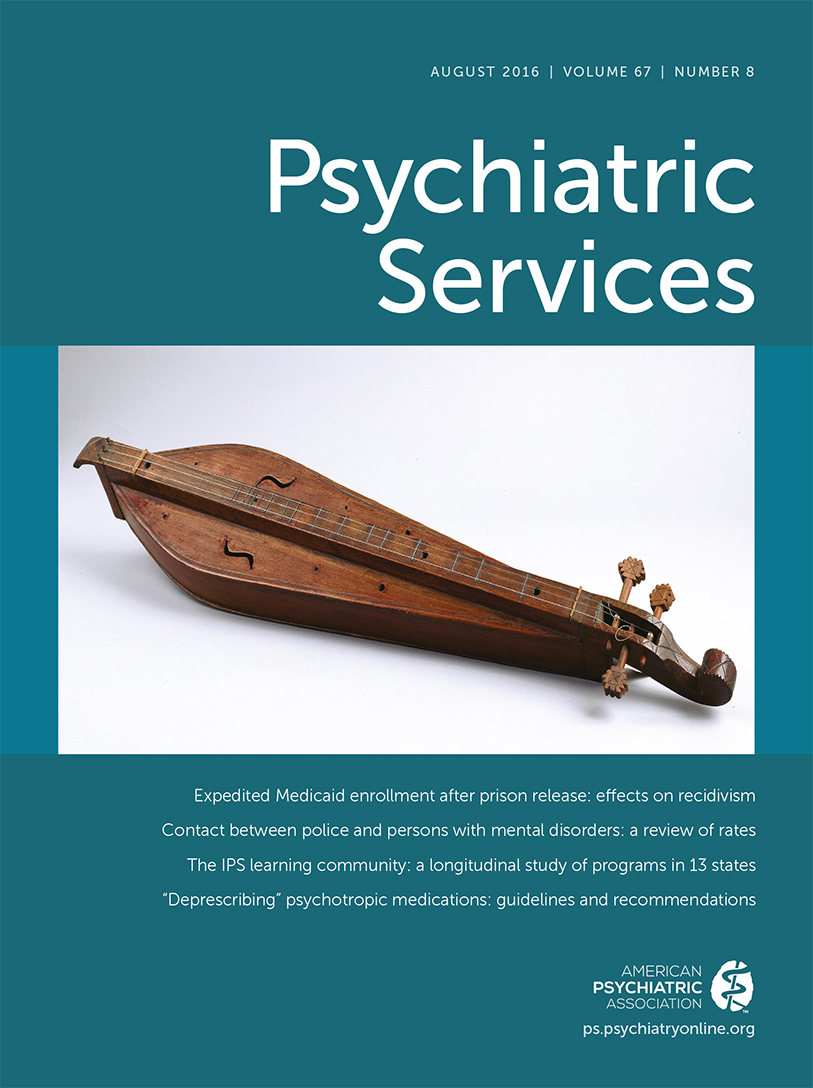The Impact of Insurance Coverage Types on Access to and Utilization of Health Services for U.S. Children With Autism
Abstract
Objective:
The study examined the association of insurance type with access to and utilization of essential health services among children with autism spectrum disorder (ASD).
Methods:
Multivariate logistic regressions were used to illustrate the relationship between the indicators of health services utilization and insurance coverage types among U.S. children with ASD (N=2,041). Analyses used secondary data from the 2011–2012 National Survey of Children’s Health.
Results:
Privately insured children with ASD were significantly less likely than their publicly insured counterparts to receive therapy (OR=.49). The odds of having any out-of-pocket medical expenses for families with private insurance were 11.0 times greater than for families with public insurance.
Conclusions:
The findings reflect current gaps between public and private insurance coverage in the health system for access to and utilization of health services for children with ASD. Special attention should be directed to private insurance plans, where needed health services may be inadequately covered.



